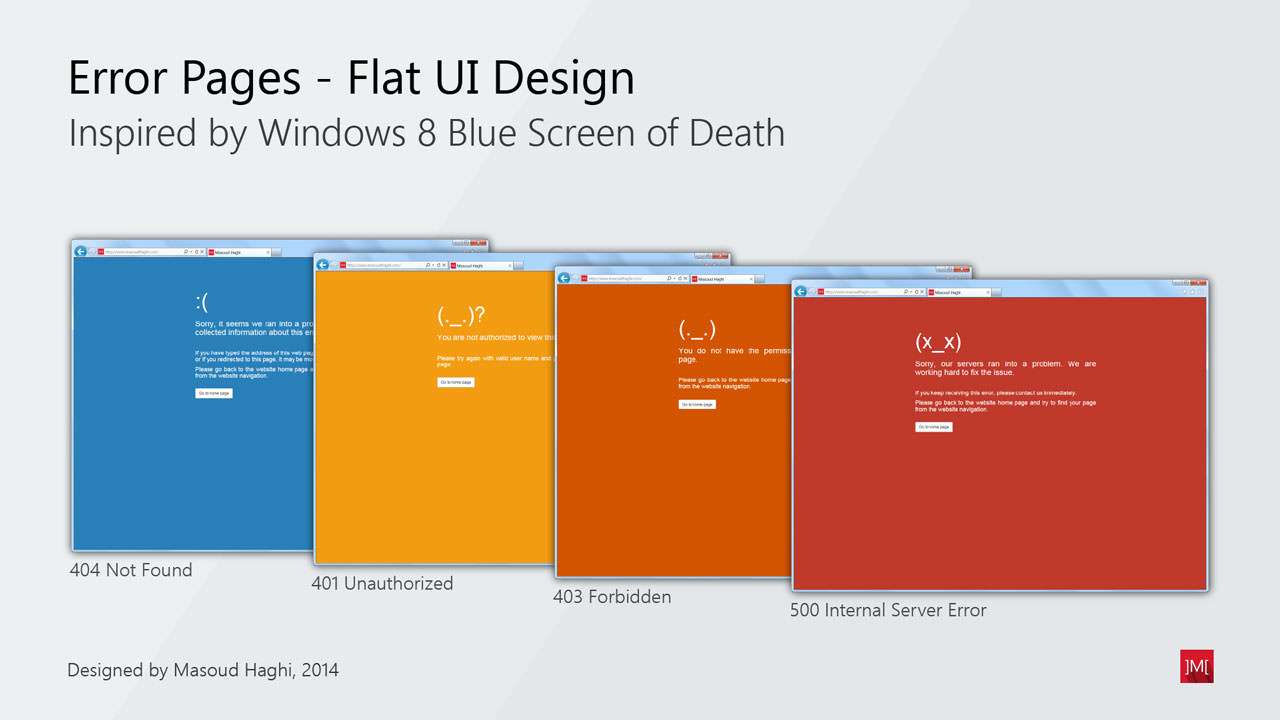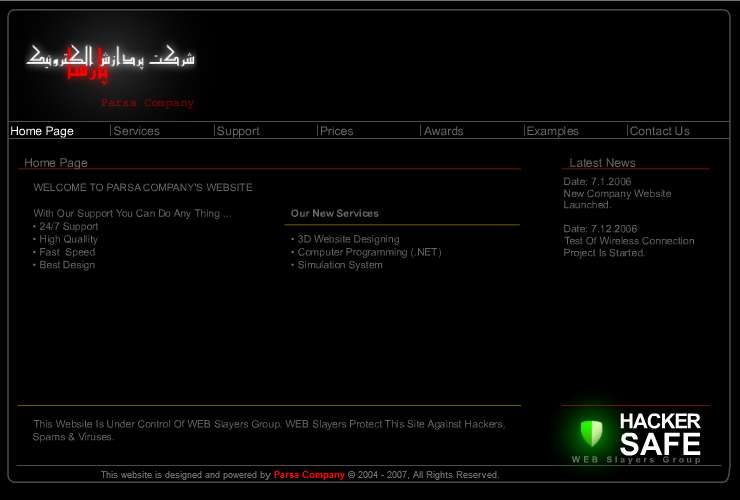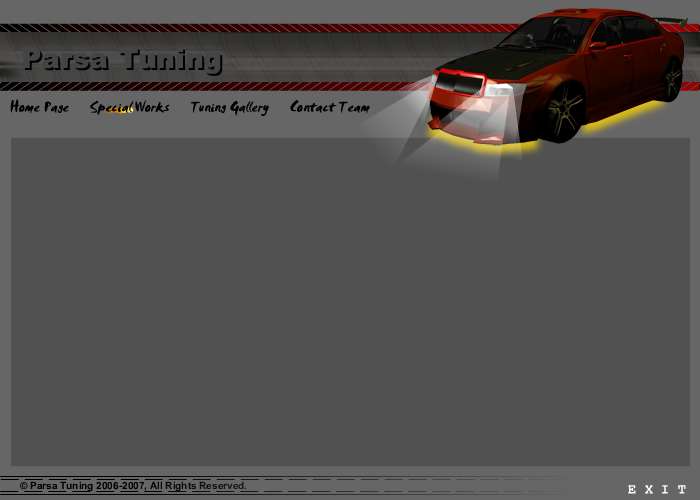Website Design
MAY 05, 2016 Professional ServicesOften the website design term is mistaken for designing the website structure in graphical software like Adobe Photoshop or Adobe Illustrator. Designing the overall structure of the website or any other products is known as mock-up which illustrates the looks and feel of the website and display the final presentation of the product without involvement of any interaction and functionality.
The design of the website or web-based software and applications can be divided to different categories base on their visual structure and base on their backend systems which would make the system components works together. The following categories are the most well-known types of website design which briefly we can explore.
HTML5
Nowadays the most basic website will develop according to the latest web standards known as HTML5 which natively support video and audio files and offer vast range of features for developing web-based applications for general use and enterprise. The functionality and interactivity of these websites can be extended with use of modern web technologies and frameworks like AngularJS and NodeJS.
The design of interface of the website and applications can be done with UI frameworks which can manage the layout and the controls, and usually make it responsive. The most useful feature of the UI frameworks is the responsive layout which manage the layout and allow it to be rearrange on various devices with different screen sizes and resolutions.
Content Management System (CMS)
Most of the website these days are not just displaying static information, but they have the functions and features to display the stored information and also the ability to create content and make it available for public viewing. The nature and functionality of the content management systems are vary based on the industry and purpose of the business and the website. It can be a simple photo gallery management to display the latest photoshoots of a photographer or a blogging system for a write to share their daily dairies or a complex system generate sensitive reports to assist the companies with their finances.
Basically, the content management system is consist of different components and functions to create, store, manage and process the contents and make it available for public or selected audience. It’s very different from a normal website as it would focus more on creation and management of the contents through more complex business logic. Since the system purpose is to process and store the information, it requires more advanced servers to handle the data comparing to basic website which only display static information.
As part of the pros and cons of designing and developing a custom build content management system is that since less people are involved and has access to the source codes of the system, it makes it difficult for others to hack into the system and use the existing exploit systems to gain access to your information. It would be costly to develop these systems, but as part of maintenance and upgrade they are cheaper and require less additional knowledge or skills comparing to other well-known content management systems available in market.


